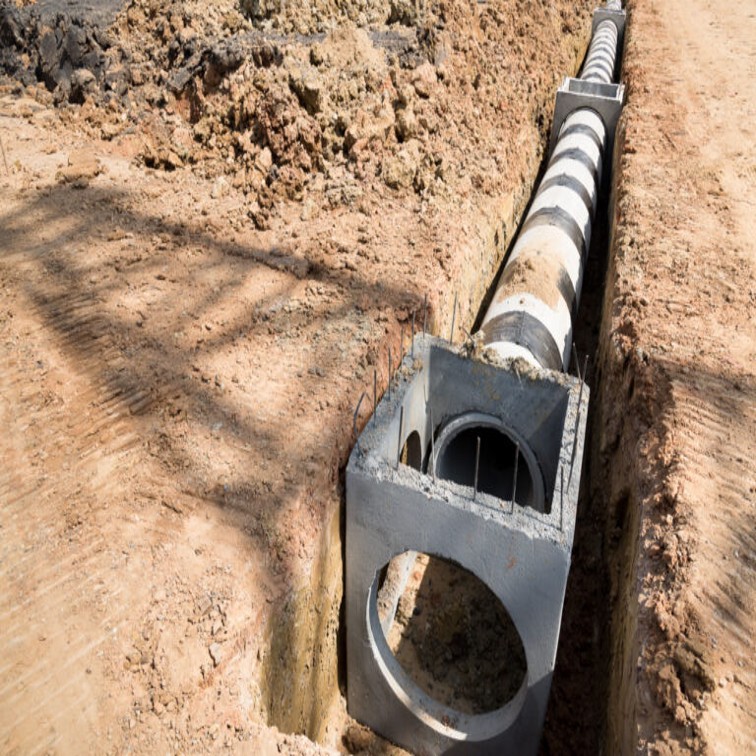Storm water runoff usually happens when rainwater flows over the ground or other impervious surfaces like paved streets and rooftops. If not properly managed,
storm water will build up leading to basement flooding, street inundation or even waterlogged areas. Therefore, it is necessary to employ measures for controlling and diverting the flow of these waters for better living in residential areas at large
Components of a Residential Storm Drainage System:
A residential storm drainage system consists of various components designed to collect and divert storm water. These include:
Storm drains and catch basins:These structures are strategically placed to collect water and prevent it from pooling on the surface.
Channel drains and French drains: These drainage systems are installed in areas prone to heavy water flow to channel excess water away from the property. Gutters and downspouts: These are integral parts of a residential storm drainage system as they collect rainwater from the roof and carry it away from the property through downspouts.
Channel drains and French drains: These drainage systems are installed in areas prone to heavy water flow to channel excess water away from the property. Gutters and downspouts: These are integral parts of a residential storm drainage system as they collect rainwater from the roof and carry it away from the property through downspouts.
Planning a Residential Storm Water Drainage System:
Before installing a residential storm drainage system, careful planning is required. The topography of the property needs to be assessed to determine the proper placement of drainage components. Assessing the capacity required to manage storm water flow is crucial to prevent overflow. Additionally, local regulations and permits should be considered to ensure compliance with stormwater management guidelines.
Choosing the Right Storm Water Pipe System:
Selecting the appropriate storm water pipe system is essential for the effectiveness of the drainage system. Several factors need to be considered, such as the material of the pipes, their durability, and their compatibility with the existing drainage components. Consulting with professionals and experts in storm water management can help homeowners make informed decisions.
Installation and Maintenance:
Installing a residential storm water drainage system involves several steps. Excavation is performed to create trenches to accommodate pipes and other components. Proper alignment and connections are crucial to ensure smooth water flow. Regular maintenance of the system is vital to keep it functioning optimally, including cleaning debris from catch basins and gutters, inspecting pipes for any blockages, and repairs when necessary.

